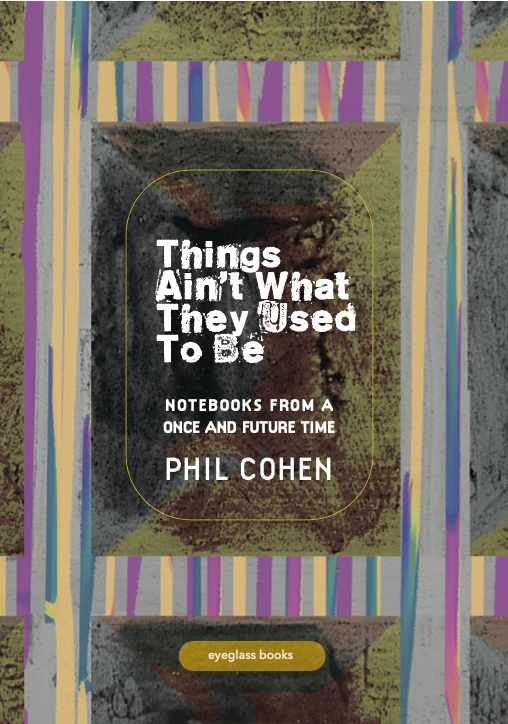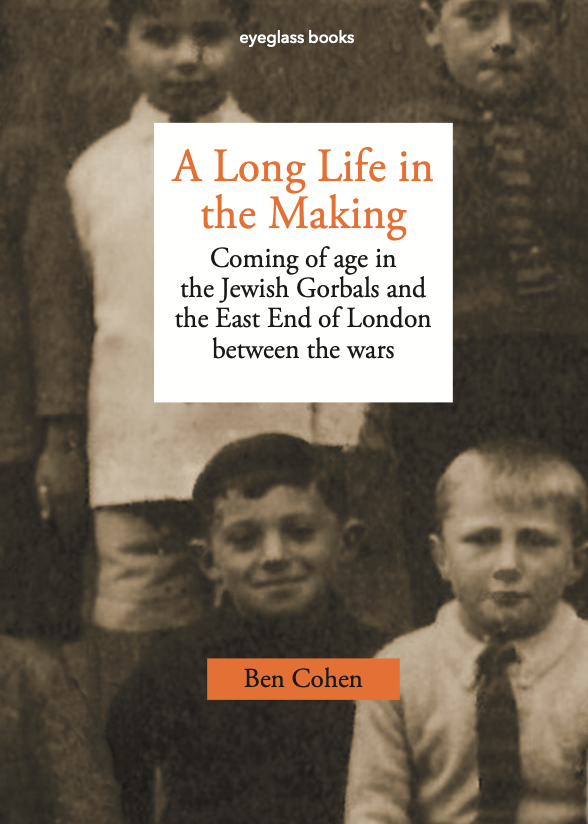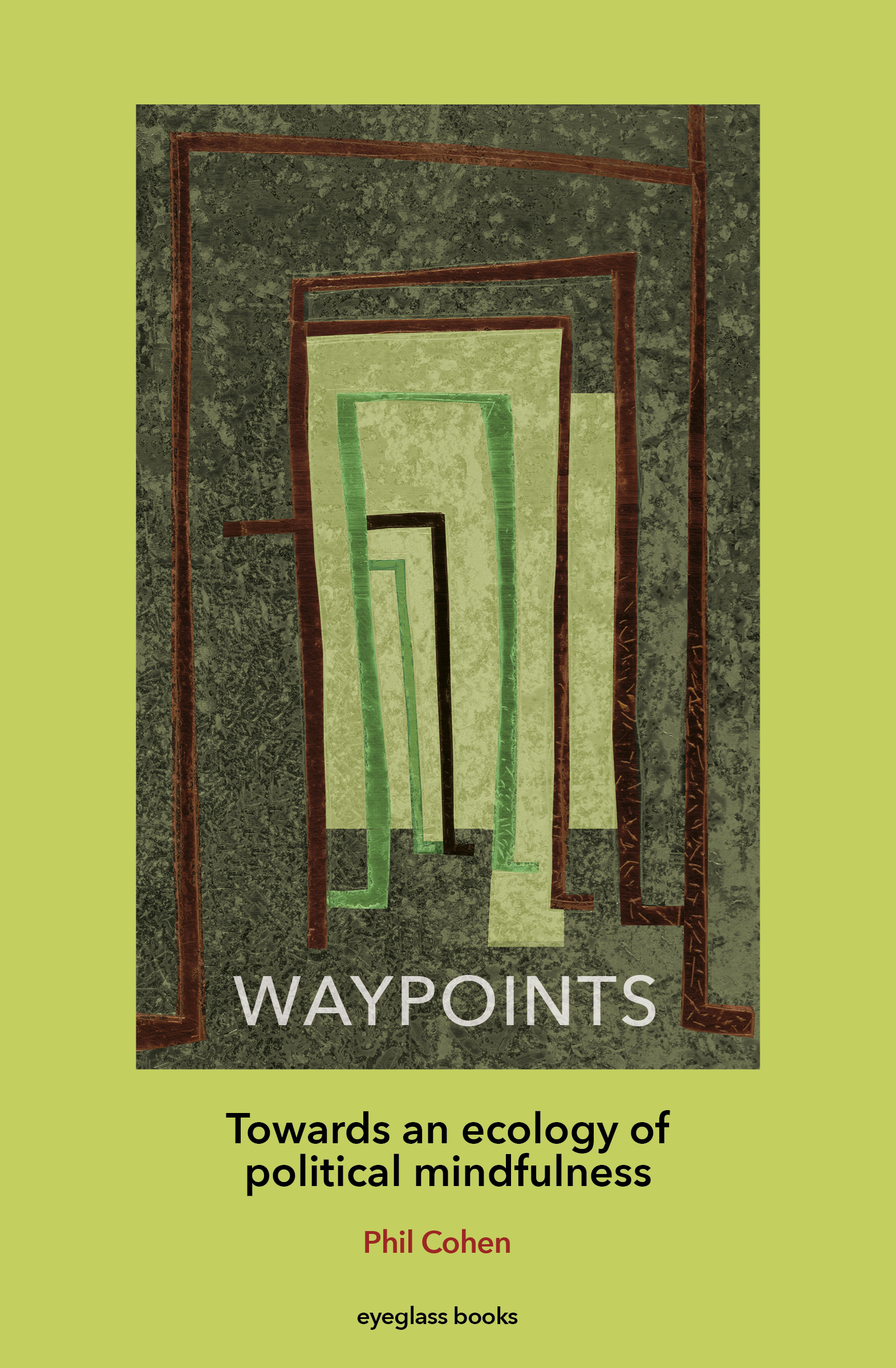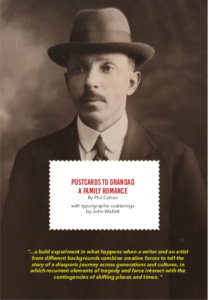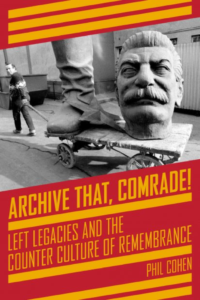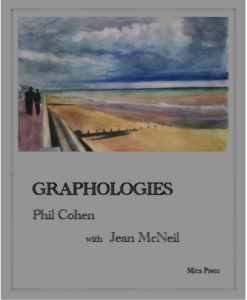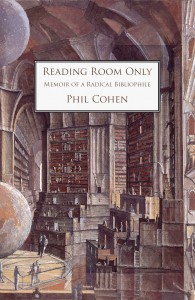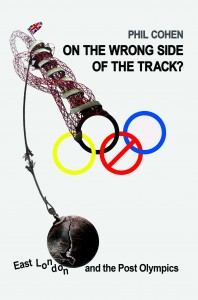This is a fictional memoir featuring the mysterious K, who might just be a refugee from The Castle or a close relative of Brecht’s Mr Keuner. The eponymous hero, Arnold Kvaktum, recalls a journey of self-discovery as he explores the surreal landscape of his childhood and youth growing up in a dystopian society of the future where ‘soapspeak’ and ‘knowgov’ are the only permitted discourses. The pervasive sense of personal dislocation, of a lack of concordance between the officially authorised map and the unfolding territory of a life here results in a series of phantasmagoric events culminating in a suicidal sea voyage. The photographs which accompany the text anchor the narrative to its ‘other scene’.
The whole text forms the final part of Graphologies, which is to be published in May by Mica Press. Further information from http://www.micapress.co.uk
Below is a short extract:
Baptismal Naming
They have asked me to write the story of my early years, as if somehow that would explain what has happened to me since. At first I resisted on the grounds that it was an invasion of privacy but then I realised that such a childhood as they wanted was in any case public property, given that so much of it had been spent being observed from behind one way mirrors. I would risk nothing by complying with their request, and might even gain some advantage. Only later, once I had completed the task to their satisfaction, did I realise that unwittingly I had opened a door into another world that I could not close.
My mother, who was already in her late 50’s when I was conceived, became crippled with arthritis shortly after I was born. As a result she was quite unable to hold or feed me. A special prosthetic cradle, had to be constructed for her to use with me. I do not have any distinct impressions of it, of course, but I saw one many years later in the Museum of Motherhood. The device had a built in breast made out of synthetic rubber with a large teat that used to play a tune when sucked. I was later told that the model my mother used played Beethoven’s Fur Elise, one reason no doubt why I have always detested his music. At any rate when I was seven my mother died and I was moved to the Centre for the Protection of Abandoned Children. As a keepsake I was given a small toy rocking horse, carved out of wood and painted in bright colours . It had a little door in its belly and inside were lots of little tiny soldiers. You wound it up and it would rock back and forth, back and forth making a soft neighing sound, until you felt giddy just watching it and thinking how sick the soldiers must feel in its tummy. My little horse had been brought back by my great grandfather from his travels in the East and it now became my most treasured possession. If I was miserable or couldn’t get to sleep because of the bullies in my head I would roll it back and forth, back and forth until I became mesmerised and fell asleep.
My mother once told me its story. Genghis Khan was besieging the Persian city of Hormuz, but could make no impression against the fortress and its courageous inhabitants. So he had a giant horse made and left it outside the gates of the city and then rode away into the night with all his men so the defenders would think he had given up and left it behind as a gift; rejoicing at their delivery, the Persians, the little sillies, dragged the horse within the city walls, and thinking all was well, went off to party and celebrate their famous victory. The horse, left to its own devices, promptly gave birth to its murderous crew, who opened the city gates and let in the rest of their comrades who had sneaked back under cover of darkness. The Persians were slaughtered in their thousands as they slept in a drunken stupor and the city was annexed to the Mongol empire for many generations. A cult of the horse grew up in the city; it came to represent the superior wisdom of the Great Khan and thousands of little models were made so that people could worship him in the privacy of their own homes. Today in parts of our own Empire, some of the descendants of the Khan have taken to erecting monuments to his memory (illustration 22) . The moral of the story, my mother said, was that you should never accept a present from anyone who had done you a bad deed, no matter how much they said they wanted to make amends. ‘Once an enemy always an enemy’ was her unforgiving motto and one that has stood me in good stead.
My parents separated a year after I was born. My father was a famous surgeon who worked in another town. He visited me only once, shortly before Mother died. I was very impressed by the fact he could hold his breath for what seemed like ever, whilst waggling his ears at the same time, a feat I have spent most of my life attempting to emulate, with little success. When, much later, the other children in the centre asked me what Father did, I used to tell them ‘he’s a knife man, throats slit to order- he gets up peoples noses the way a weasel goes after a rat’. They left me alone after that!
When I was about ten, I caught pneumonia and had to be put in an oxygen tent. One day I got a visit from a man I’d never seen before but who somehow looked familiar. He was dressed all in black, black hat, black face, shades, black T shirt, pants, shoes, even his hanky was black.. He said his name was BiG Man and that Father was dead, stabbed in the back by a Red. He had heard I was a chip off the old block and handy with a knife. Did I want dad’s job as ear nose and throat man to the mob ? As he spoke he clicked his fingers in rhythm to the words, and then I knew where I’d seen him, he belonged to a famous gangsta rap group called Pappa Hemingway.
When I got better, I looked the job up in the dictionary. See under oto-rhino- laryngology, it said. So I did and to my astonishment there was a picture of Father. But even more I was entranced by the music of the words themselves. Oto-rhino-laryngology became my nightly orinasal prayer. Muttered under the breath, over and over again it kept the bogeymen at bay. Shouted out loud it scared Wee Willy Winky away.
So I started out on a new career as a hard nosed, thick skinned, word gargling rapper, answering to the name of Doctor John. I suppose it made me feel special, being the only one in the Centre to have been adopted by a family of gangsters. When things got difficult for me I waited for BiG Man to ride to the rescue and carry me off on his Ford Mustang. But he never came. I did use to get postcards from time to time saying he was busy running guns to the rebels of the Sierra Madre or killing orang utang in Matabeleland.
When the teachers and social workers asked me in their bright, strangled voices where did I get all these strange ideas from, I would reply, quite truthfully, ‘from other people’. Later, swapping make believe lives with the other children, I read the same desperado plot between many of their stormy story lines.
When I got to my fourteenth birthday, the counsellors said it was time to give up BiG Man and start doing some growing up myself. I was given some pills that stopped me twitching and rushing about but I still had BiGMan’s voice inside my head like a secret digigram telling me to runaway and join his rebel army. So when the warden asked me to do the washing up I used to reply, ever so politely, ‘I’m sorry, I’m too busy inventing a new kind of oto-rhino-laryngo-technology to get my hands soapy right now’. When the shrink wanted to know about my dreams I would say ‘I can’t remember them but it’ s all written down somewhere in my oto-rhino-laryngo-discography’ (chanted to a beat she couldn’t tap her pencil to). When I ran into the local lads, drunk on moonbeam whisky and spoiling for a fight, I would dial up 666 and whisper otorhinolaryngoscopy over and over down the line till their digiphones were singing like cicadas and the whole gang fell l into a trance, and I could leg it back home to safety.
This was how I spent my early years, listening to the rhythm of words and the silences in between.
